 (1).jpg)
13 April 2021 - 10:39 BY Louw
What Does Each Crew Member Do: Job Description List
The first time I arrived on a film set, I had no idea what to expect. I wasn’t prepared for the kind of names being thrown around, “Gaffer, Unit, AD, Grips…” It all sounded like made-up names and I had no idea what they meant or who they called when they shouted those names, so I just always kind of responded in case they were talking to me.
The more I had the opportunity to be on film sets, the more I learned what each crew member’s job description was and what they were responsible for. The best thing I learned was that a film set works like any team; everyone needs to play their part and give 100% and if someone drops the ball, it lets the whole team down.
Tool to try – know crew job descriptions:
Producer: responsible for the whole project - “the big boss” and CEO of the project.
Production Manager: responsible for the flow of things on and off set. You will most likely be communicating with this individual most of the time about shooting dates, call-sheets and unavailability dates. If you have any problems or situations you face on or offset, regarding the film you’re working on, you can speak to them.
Director: responsible for the execution of the vision of the film. The leader and captain on set. This will be your guide and the person who will walk you through the scene, block, discuss tone, walkthrough dialogue and any notes he/she feels is necessary. This person is the one with the vision and who you help create it with.
AD (Assistant Director): responsible for communication on set, logistics and everything you need to know; what scene you will be shooting, what type of shot, when it’s lunch, when you can wrap for the day etc. They make sure the production stays on time, execute the preferred shots by the director and they also call “action” (most of the time). The AD makes sure everyone is organised and that everyone knows what is happening when on set. The AD also does the call-sheet scheduling.
Director of Photography (DOP): responsible for the visuals, what you see on screen. He/She is the camera operator, the visual executor of the director’s vision. He/She will be holding the camera and making sure you look good. They are responsible for translating the words on the script into capturing visuals to tell the story.
Focus Puller: is responsible for making sure that the subject the DOP is pointing the camera towards, is in focus and can clearly be seen. This is the DOP’s right-hand man. He/she will make sure we can see you on screen. A camera can focus on a specific subject, which needs sharp focus that leads the audience’s eyes to where the DOP wants it… they will make sure you hit your mark and stay in focus on screen.
Continuity: This person is responsible for making sure you wear the right wardrobe for the right scene, make sure you are emotionally in continuity (where does your character come from before this scene?) and make sure your actions stay the same during each take. As I explained in a previous lesson, as we move from a wide shot to a close-up, everything should look and be the same; the background props, extras walking, your hand actions, your dialogue etc.
Lighting: They are responsible for making sure the audience can see you, that you are lit and that the tone is what the director and DOP were looking for. They set up lights and create the required look and feel to the specific scene.
Grips: Grips are responsible for helping set up the lights and making sure the camera gear (tracks, slider, tripods) are in the right place to support the DOP get their perfect shot. These are the strong guys & girls who carry around the heavy gear.
Sound: Those responsible for making sure the audience can hear every word and sound on screen crisp and clear.
Boom Swinger: This person is responsible for carrying out the Sound crew member’s orders. He/She will be holding a long pole with a “big fluffy animal-like” microphone on the end. During your scene they will be directing this “animal-like” microphone in your direction, outside of the camera’s frame, to make double sure your voice, actions or movements are clearly heard and recorded.
Wardrobe: They are responsible for dressing you in your character’s clothes and adding any accessories, if applicable, to the character (earrings, bangles, watches etc.).
Make-Up: They are responsible for making your face look amazing (or not – if you play the villain or sick character). They will put on any necessary make-up (base, sunscreen, eyeliner, lipstick, nail polish, gel, hairspray, curl your hair, straighten your hair etc.). They are also responsible for any blood, special effects make-up like transforming you into an alien.
Art Department: They are responsible for everything you can see in the frame of the camera and on the set; couches, books, tables, chairs, plates, the food and drinks if a scene requires it, all your props (bag, files to carry, cellphone, a glass of water, handbag etc.). They dress the room with photos, paintings and anything they feel will give your character a well lived-in feel to his/her room/office/home etc.
Unit: the unsung heroes on set. Responsible for setting up the basecamp, making sure all the locations are ready and booked in advance. They make sure there are tables and chairs to have breakfast/lunch/dinner or during scenes for actors and crew to sit on. They lock-off roads and parking areas and keep your vehicles safe. Connect with these crew members, they can always sort you out.
Catering: responsible for the food on set. Breakfast, lunch or dinner, they make it and make sure you are fueled for the scenes ahead.
DIT: responsible for collecting/sorting all the takes they shot during the day. They add all the scenes in their different digital files so the director and producers can look at the “rushes” - all the usable shots of the day. He/She sends it off to the Editor after compiling the best takes and cuts off the parts of the take that will not be used.
2nd/3rd AD’s: responsible for communicating the message from the AD and Director to the cast and production. This is the middle man between production, AD and actors. This will be the crew member who will always be in touch with the actors and extras. He/She will guide you to where you need to go, when you need to go and make sure you get there.
Production: responsible for any admin and organization during the shoot. They keep it all together, communicate with all crew and actors, organize the next day’s locations, extras, actors etc.
It’s a great way to remember crew members’ names when you can identify them to their job description. Knowing what each crew member is called and what their responsibility is on set, helps you to connect with them and know what to chat about on set. This also gives you an advantage in knowing where, you as the actor or actress, can help these other departments on the day of shooting.
“Sometimes you can have the smallest role in the smallest production and still have a big impact.” – Neil Patrick Harris
How did you find the technique/tool/advice? Did it work for you? What was different this time? Share with the tribe and let’s keep on creating beautiful, honest and memorable performances. Let’s execute our best selves!
Kind regards,
Edwin and NovieGuide
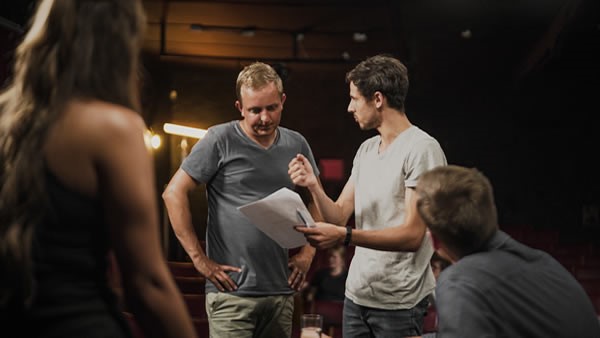
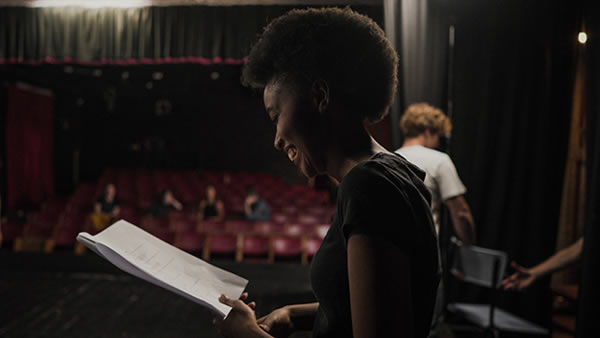

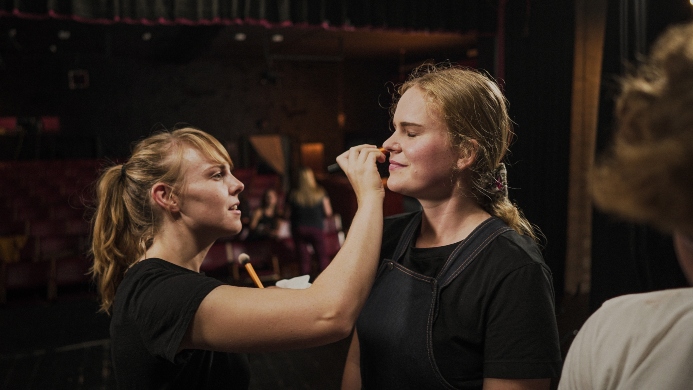
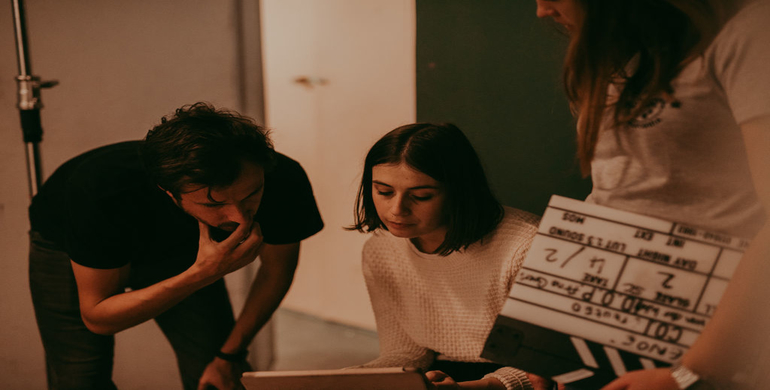

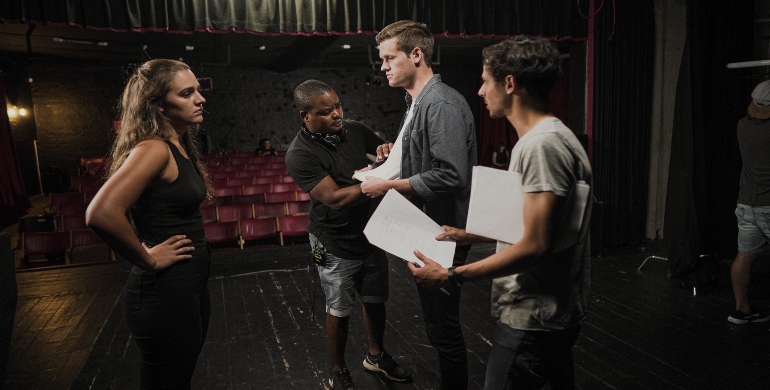
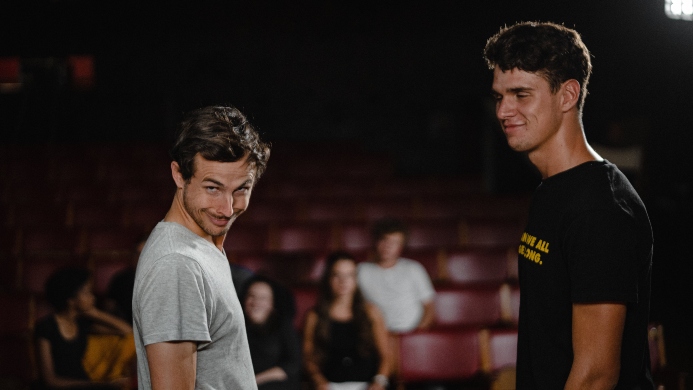
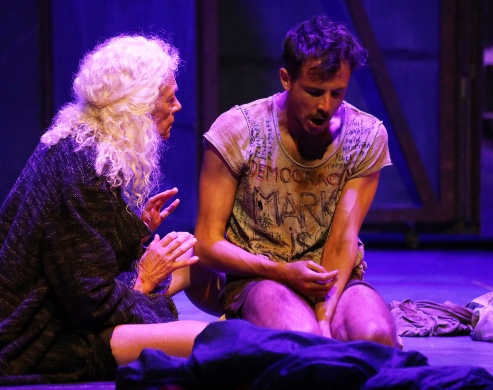
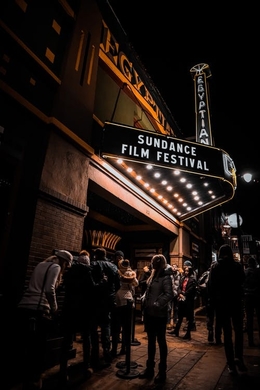
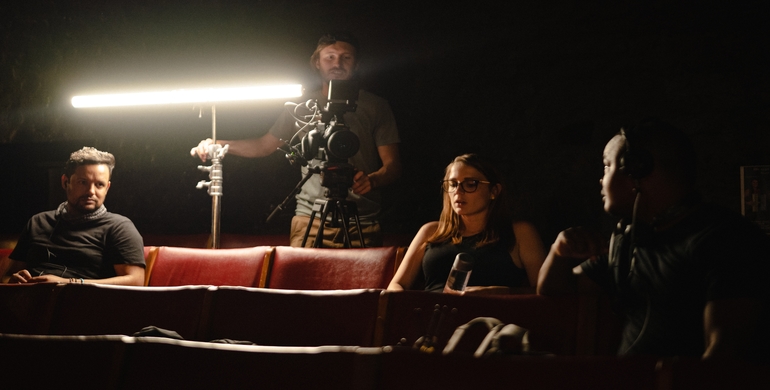
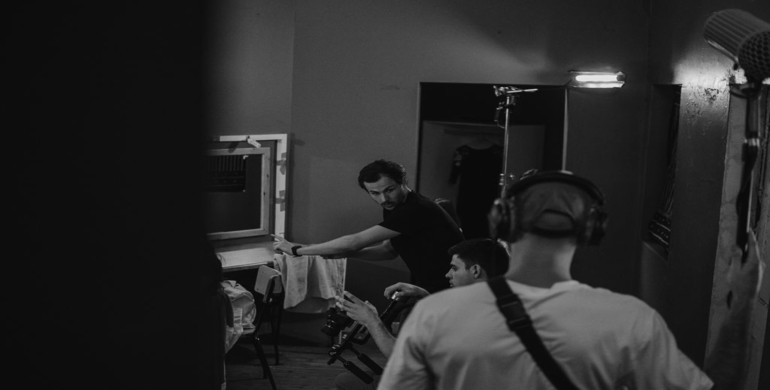
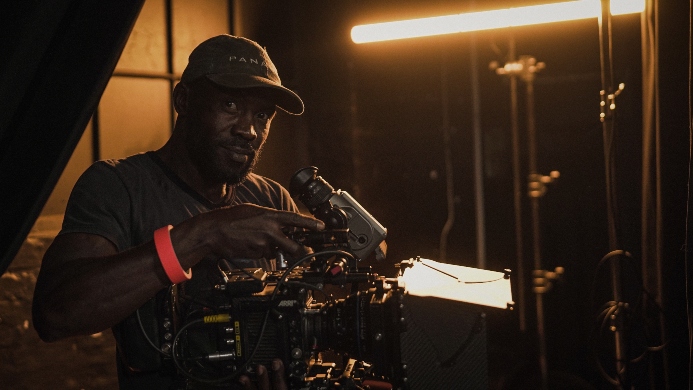
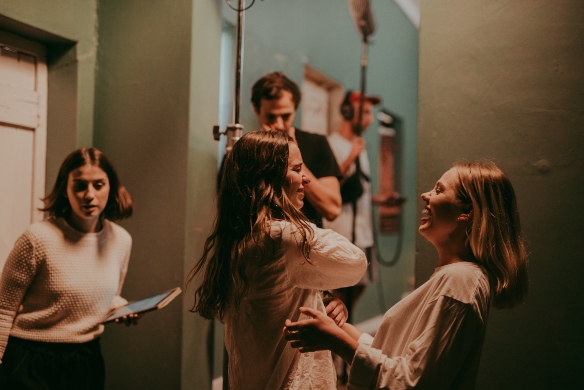
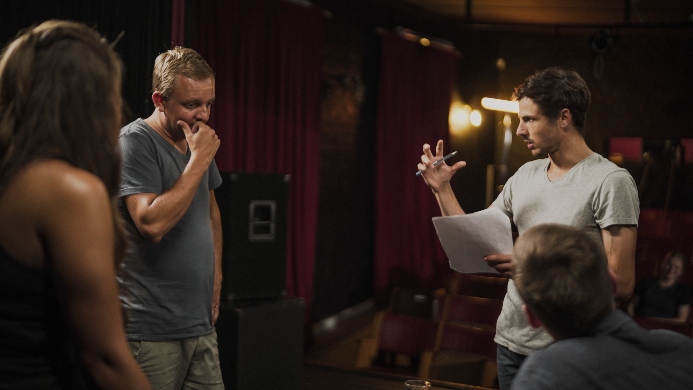
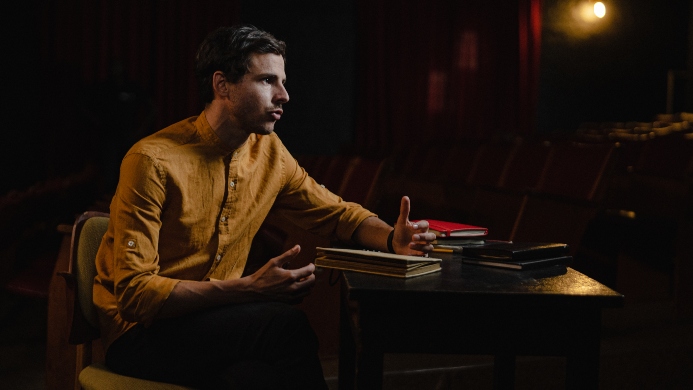
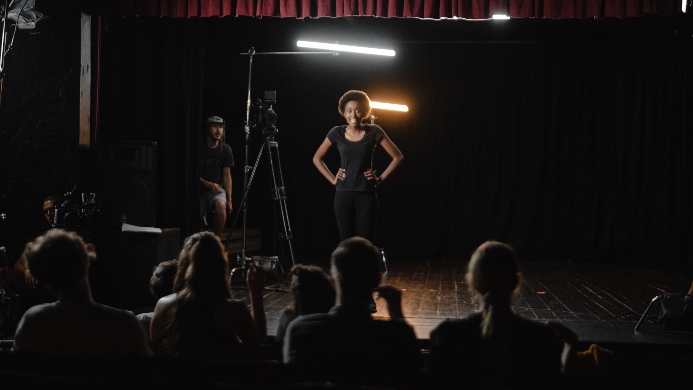
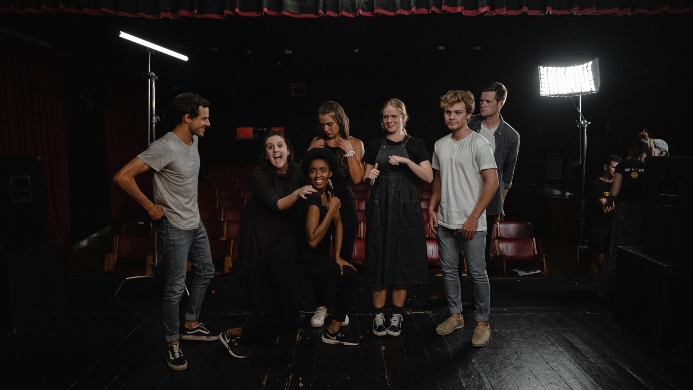
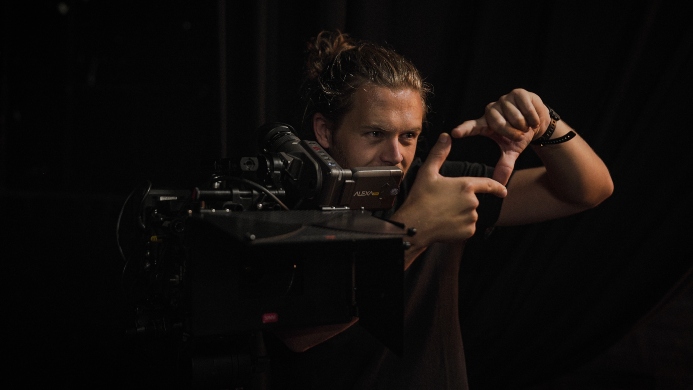
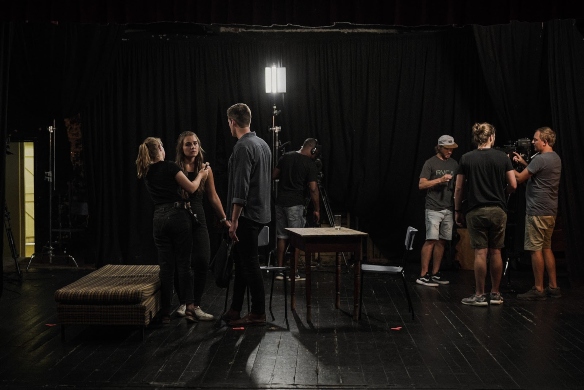
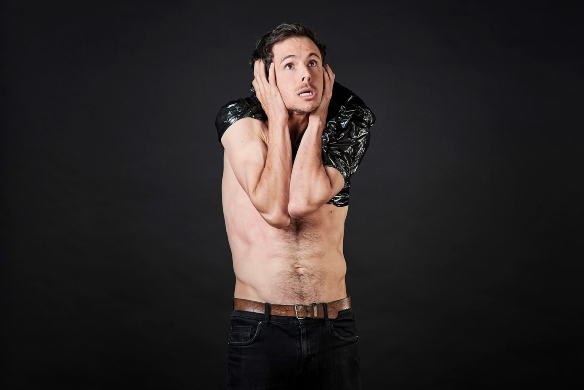
 1.jpg)
.jpg)
 (1).jpg)
 (1).jpg)
 (1).jpg)
 (1).jpg)
 (1).jpg)
 (1).jpg)
 (1).jpg)
 (1).jpg)
 (1).jpg)
 (1).jpg)
 (1).jpg)
 (1).jpg)
 (1).jpg)
 (1).jpg)
 (1).jpg)
 (1).jpg)
 (1).jpg)
 (1).jpg)
 (1).jpg)
 (2).jpg)
 (1).jpg)
.jpg)
 (2).jpg)
 (1).jpg)
 (1).jpg)
 (1).jpg)
.jpg)
 (1).jpg)
 (1).jpg)